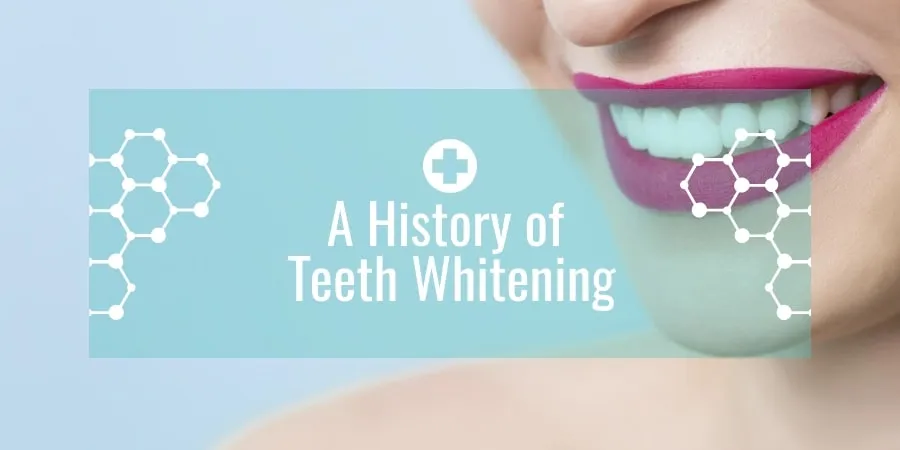A brighter smile can significantly boost your confidence and overall appearance. Teeth whitening, a popular cosmetic dental procedure, offers a solution to stained or discolored teeth, helping you achieve a more radiant and youthful look. This comprehensive guide explores the various methods of teeth whitening, from professional treatments to at-home options, helping you understand the process and make informed decisions about enhancing your smile. The quest for a brighter smile has led to numerous advancements in cosmetic dentistry, providing effective and safe solutions for achieving the desired results. Whether it’s coffee stains, the effects of aging, or other factors contributing to discoloration, teeth whitening can offer a transformative change.
What is Teeth Whitening
Teeth whitening, also known as tooth bleaching, is a cosmetic dental procedure aimed at lightening the shade of your teeth. It works by removing stains and discoloration, restoring your teeth to their natural color or even making them several shades lighter. The process involves the use of bleaching agents, typically containing hydrogen peroxide or carbamide peroxide, which penetrate the enamel and dentin to break down stain molecules. The effectiveness of teeth whitening depends on various factors, including the type of stains, the concentration of the bleaching agent, and the duration of the treatment. Professional teeth whitening often provides faster and more dramatic results compared to at-home methods, as dentists can use stronger bleaching agents and specialized equipment.
Understanding the Different Types of Teeth Whitening
Teeth whitening treatments are broadly categorized into in-office and at-home methods, each with its own set of advantages and considerations. The best choice for you will depend on your individual needs, the severity of the discoloration, and your budget. Some individuals may prefer the convenience and lower cost of at-home options, while others may opt for the faster results and professional supervision of in-office treatments. Understanding the differences between these methods is crucial in making an informed decision that aligns with your expectations and oral health needs.
In-Office Teeth Whitening
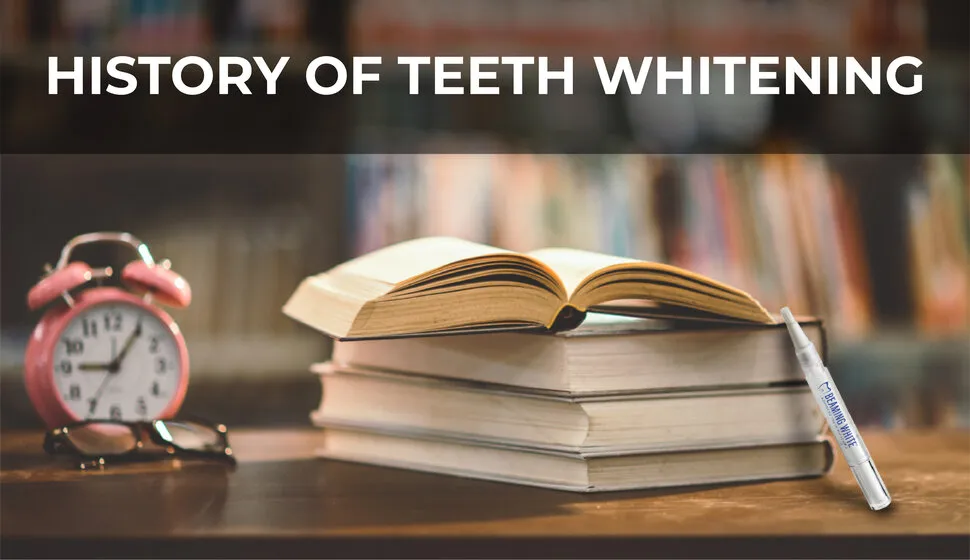
In-office teeth whitening, performed by a dentist, is the most effective way to achieve dramatic results quickly. This method uses a high concentration of bleaching agents, often coupled with a special light or laser to accelerate the whitening process. The procedure typically involves protecting the gums and soft tissues, applying the whitening agent to the teeth, and allowing it to sit for a specific period. Several cycles of application may be needed to achieve the desired shade. The entire process usually takes about an hour, providing noticeable results in a single session. This is an excellent option for individuals seeking immediate and significant improvement in their smile’s brightness.
Professional Teeth Whitening Procedure
The in-office procedure begins with a thorough examination and cleaning of the teeth to remove any surface stains and plaque. Protective measures, such as a cheek retractor and a gel to shield the gums, are applied to isolate the teeth. The dentist then applies the whitening agent, usually a high-concentration hydrogen peroxide solution, to the teeth. A special light or laser may be used to activate the bleaching agent, enhancing its effectiveness. The agent is left on the teeth for a specified time, and the process is repeated several times during the session. After the treatment, the teeth are rinsed, and a fluoride treatment may be applied to reduce sensitivity.
Advantages of In-Office Whitening
The primary advantage of in-office whitening is the speed and efficacy of the treatment. It provides immediate and significant results in a single session, making it ideal for those seeking a quick smile transformation. The high concentration of the bleaching agent and the use of specialized equipment ensure a deeper and more thorough whitening effect. Additionally, the process is supervised by a dental professional, reducing the risk of complications and ensuring the safety of the treatment. Dentists can also address any underlying dental issues that might affect the whitening process. They are also equipped to handle any sensitivity issues that may arise during the treatment.
At-Home Teeth Whitening Methods
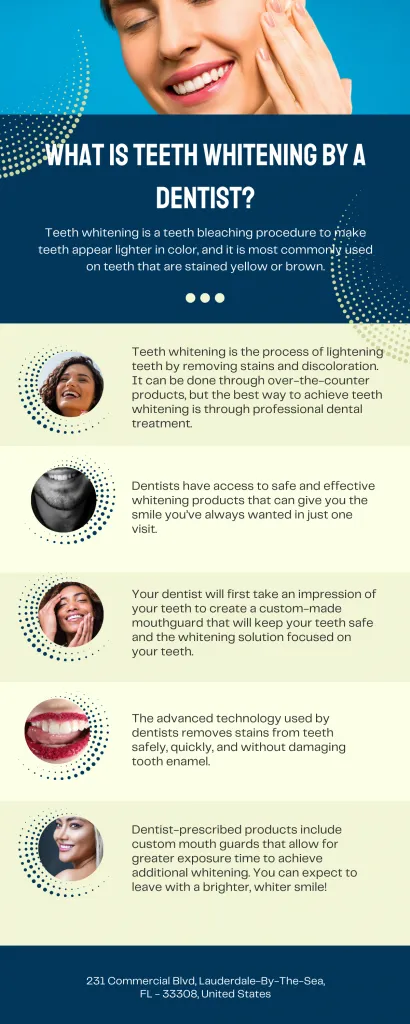
At-home teeth whitening methods offer a convenient and cost-effective alternative for those who prefer to whiten their teeth at their own pace. These methods involve using products like whitening toothpastes, strips, and trays, all available over-the-counter or prescribed by a dentist. While at-home methods are generally less potent than in-office treatments, they can still provide noticeable improvements in tooth shade over time. Consistency and adherence to the instructions are crucial for achieving the best results. It is important to consult with a dentist before starting any at-home whitening treatment to ensure it is suitable for your oral health and to discuss potential risks.
Whitening Toothpastes
Whitening toothpastes contain mild abrasives and sometimes low concentrations of bleaching agents to remove surface stains and polish the teeth. These toothpastes are typically used daily as part of your regular oral hygiene routine. While they can help remove some surface stains, they are generally less effective for deeper discoloration. The benefits of whitening toothpastes are subtle but can contribute to a brighter smile over time. It is important to choose a whitening toothpaste that is not too abrasive to avoid damaging the enamel. Using these toothpastes can be a good maintenance step after professional whitening to help maintain results.
Whitening Strips
Whitening strips are thin, flexible strips coated with a peroxide-based bleaching agent. These strips are applied directly to the teeth, following the instructions on the packaging. They are a popular and convenient at-home whitening option, offering a relatively quick and easy way to brighten teeth. Whitening strips typically need to be used for a specific amount of time each day for a few weeks to achieve noticeable results. Consistent use is key for achieving optimal whitening effects. It is important to use them as directed and be mindful of potential side effects, such as increased tooth sensitivity.
Teeth Whitening Trays
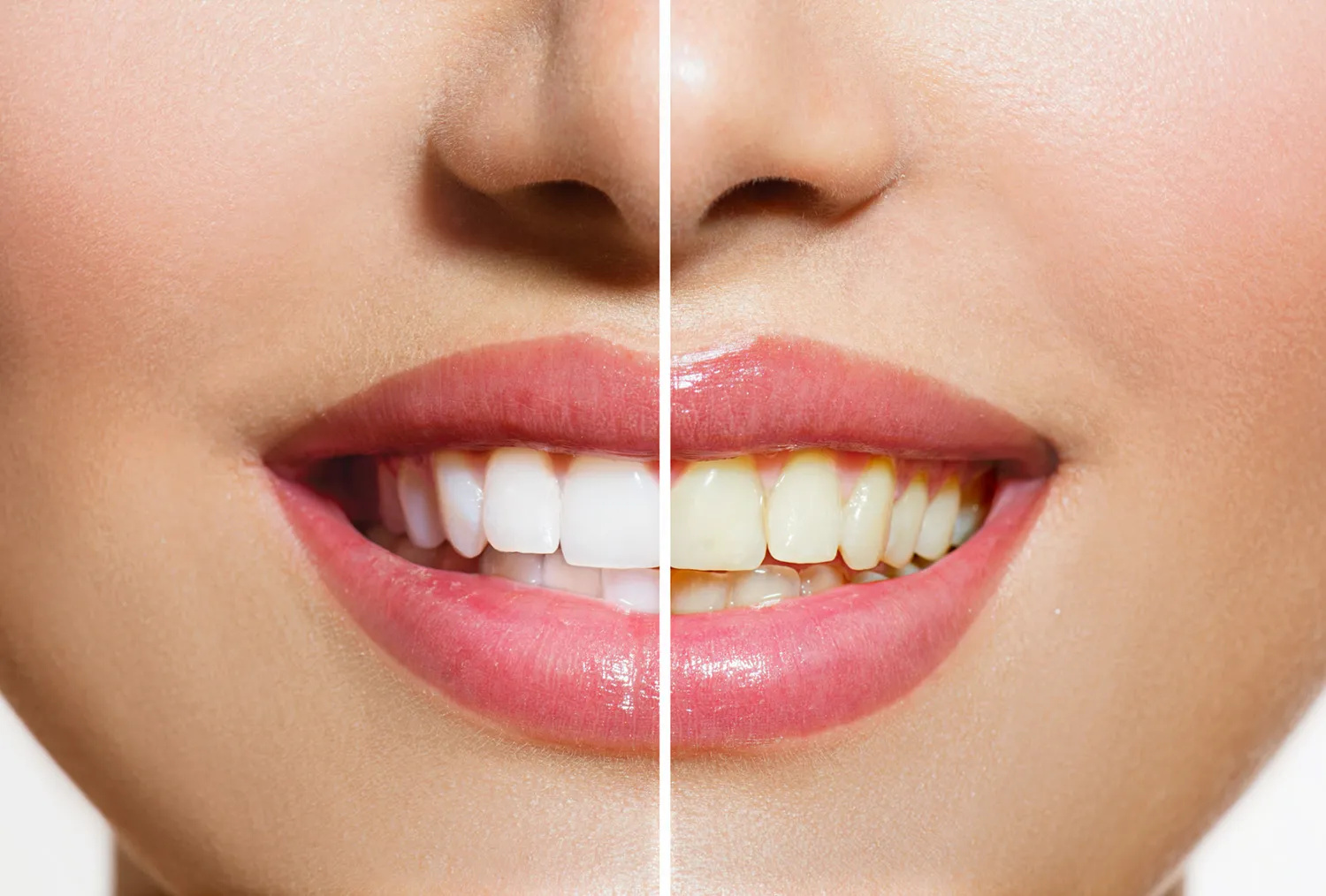
Teeth whitening trays are custom-fitted or pre-fabricated trays designed to hold a bleaching gel against the teeth. Custom trays are made by a dentist based on impressions of your teeth, ensuring a perfect fit and optimal coverage. Pre-fabricated trays can be purchased over-the-counter. The trays are filled with a bleaching gel, and worn for a specific amount of time each day or night, as instructed. This method allows for more precise application of the bleaching agent and can provide more consistent results compared to strips. Trays are a good choice for individuals who want more control over the whitening process and can be used for touch-ups.
Over-the-Counter vs. Professional Options
The primary difference between over-the-counter (OTC) and professional teeth whitening lies in the concentration of the bleaching agent and the level of professional supervision. OTC products contain lower concentrations of hydrogen peroxide or carbamide peroxide, resulting in slower and less dramatic results. Professional treatments, on the other hand, use higher concentrations, delivering faster and more significant whitening effects. Professional treatments also offer the advantage of being performed by a dentist, who can assess your oral health, address any underlying issues, and monitor the treatment to minimize potential risks. The choice between OTC and professional whitening depends on your desired results, budget, and oral health needs.
Factors Affecting Teeth Whitening Results
Several factors can influence the effectiveness and longevity of teeth whitening results. Understanding these factors can help you set realistic expectations and make informed decisions about your treatment. These factors include your diet and lifestyle choices, oral hygiene habits, and the presence of certain dental conditions. Optimizing these factors can contribute to achieving and maintaining a brighter, healthier smile.
Diet and Lifestyle
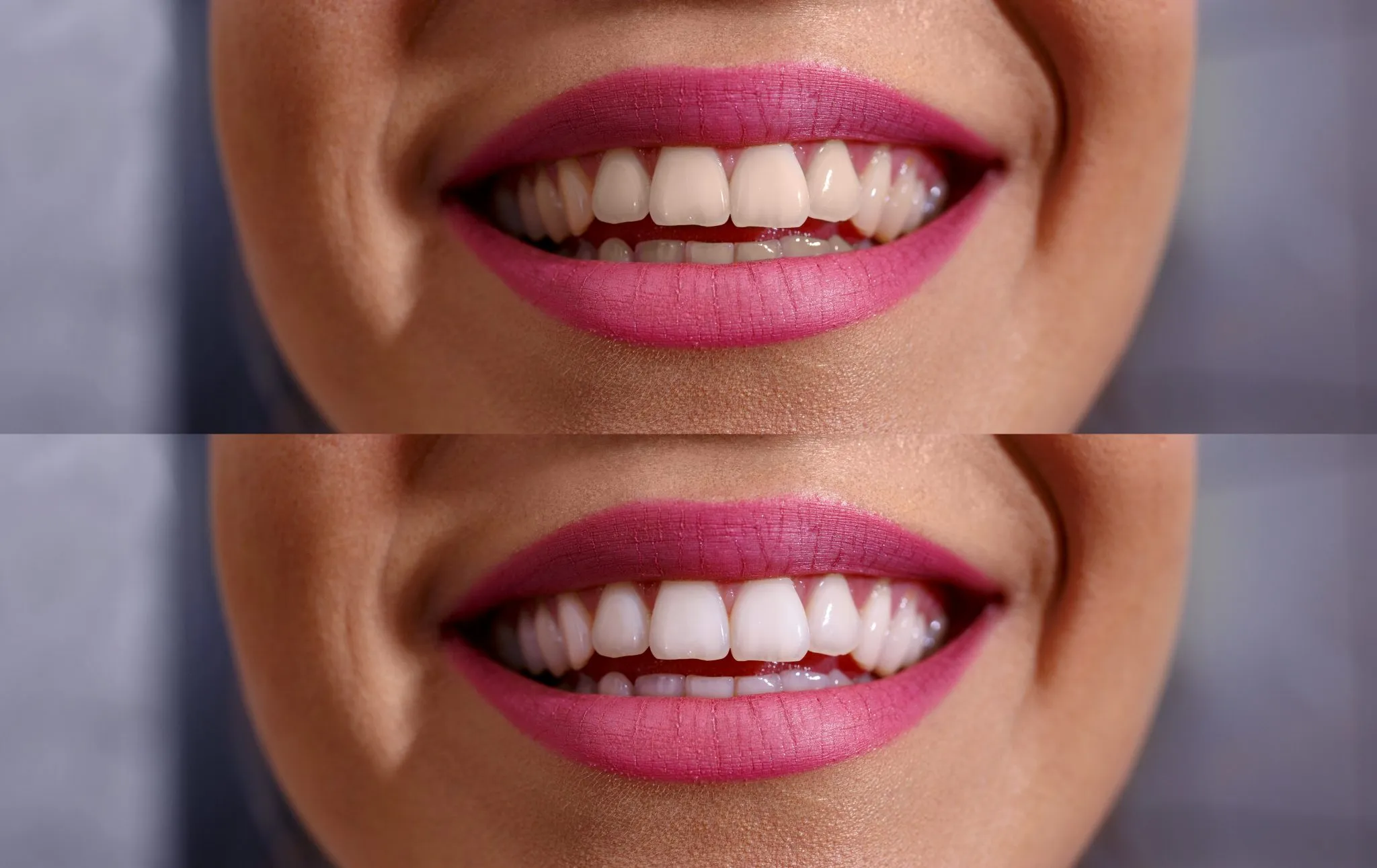
Dietary habits and lifestyle choices significantly impact the appearance of your teeth. Consuming foods and beverages with strong staining properties, such as coffee, tea, red wine, and berries, can contribute to discoloration. Smoking also stains the teeth and can diminish the effectiveness of whitening treatments. Limiting your intake of these staining agents and quitting smoking can help maintain the results of teeth whitening and improve overall oral health. Maintaining a balanced diet, including plenty of fruits and vegetables, can also promote healthy teeth and gums. Proper hydration is essential for maintaining oral health and preventing staining.
Oral Hygiene
Maintaining excellent oral hygiene is essential for achieving and preserving a brighter smile. Regular brushing and flossing remove plaque and surface stains, helping to prevent further discoloration. Using a whitening toothpaste can also help maintain the results of a whitening treatment. Regular dental check-ups and professional cleanings are crucial for removing stubborn stains and plaque, ensuring the health of your teeth and gums. Consistent oral hygiene practices, along with periodic professional cleanings, are fundamental to extending the life of your teeth whitening treatment and maintaining a healthy, radiant smile.
The Importance of Consultation with a Dentist
Before undergoing any teeth whitening treatment, it’s essential to consult with a dentist. A dental professional can assess your oral health, identify any underlying issues that could affect the whitening process, and determine the most suitable treatment option for your specific needs. They can also provide personalized recommendations and instructions to maximize the effectiveness and safety of the treatment. Consulting a dentist allows you to address any concerns, discuss potential risks, and receive professional guidance. A dentist can also determine if you are a good candidate for whitening and advise you on realistic expectations. This consultation ensures the best possible outcome for your teeth whitening journey.
Potential Risks and Side Effects

While teeth whitening is generally safe, it’s essential to be aware of potential risks and side effects. The most common side effects are tooth sensitivity and gum irritation, which usually subside shortly after treatment. In some cases, individuals may experience mild discomfort or tingling in their teeth. It is crucial to follow the dentist’s instructions and avoid overuse of whitening products to minimize potential side effects. In rare instances, excessive whitening can cause damage to the enamel. Always consult with a dentist if you experience any unusual symptoms or concerns during or after the whitening process.
Tips for Maintaining a Bright Smile
Maintaining a bright smile requires a consistent approach to oral hygiene and lifestyle habits. Following these tips can help you prolong the results of your teeth whitening treatment and keep your smile radiant. Regular brushing and flossing, combined with the use of a whitening toothpaste, will help prevent surface stains. Avoiding or limiting the consumption of staining foods and beverages will contribute to maintaining a brighter smile. Routine dental check-ups and professional cleanings are essential for removing any stubborn stains and ensuring the health of your teeth and gums. By following these tips, you can enjoy a confident and dazzling smile for years to come.
In conclusion, teeth whitening offers a transformative solution for achieving a brighter and more confident smile. Understanding the various methods, from in-office procedures to at-home options, is crucial for making informed decisions. By consulting with a dentist, maintaining good oral hygiene, and adopting a healthy lifestyle, you can achieve and maintain a radiant smile that enhances your overall appearance and boosts your self-esteem. Embracing these practices will contribute to long-term oral health and the lasting beauty of your smile.
